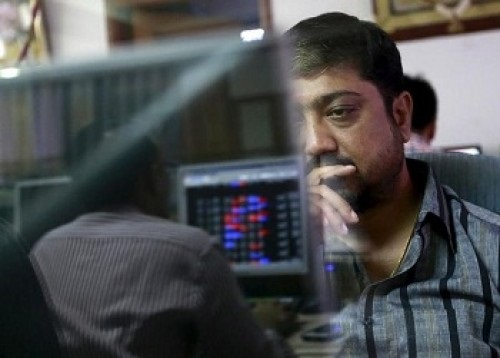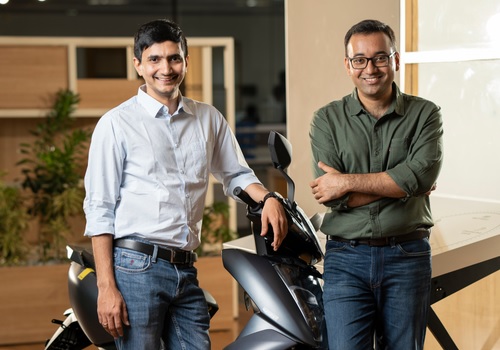Nikon enters metal printing race, acquires Germany's SLM for $620 mn

Follow us Now on Telegram ! Get daily 10 - 12 important updates on Business, Finance and Investment. Join our Telegram Channel
Leading camera manufacturer Nikon has announced it is acquiring German 3D printer company SLM Solutions for $620 million (622 million euros).
With this transaction, Nikon aims to become a leading global player in metal additive manufacturing (AM), offering innovative manufacturing solutions, said Toshikazu Umatate, President of Nikon Corporation.
"SLM has supplied more than 750 metal AM that use a molding method called Laser Powder Bed Fusion to more than 150 leading companies around the world, including in the aerospace and automotive industries," Umatate said in a statement.
By 2030, Nikon aims to become "a key technology solutions company in a global society where humans and machines co-create seamlessly".
The company expects that by 2030, the space industry will require high-precision components in complex shapes, and that the automotive industry will focus on weight reduction for electric vehicles and other products.
"Nikon will address these various challenges and add value for our customers by providing additive processing and riblet processing for end products, components, and contract processing," said the company president.
Aerospace and electric vehicles (EVs) have seen growing demand for printed metal components.
Compared to conventional molding methods, such as casting or forging, additive manufacturing offers several advantages including shorter development time, reduced costs, specialised modeling, and significant weight reduction.
Currently, the global metal processing market is worth 771 billion euros (104 trillion yen).
Of this, 119 billion euros (16 trillion yen) is in high-value metal parts area where additive manufacturing excels, and "we expect manufacturing in this area will gradually shift from conventional casting, forging, and die processing to additive manufacturing," said Nikon.












 320-x-100_uti_gold.jpg" alt="Advertisement">
320-x-100_uti_gold.jpg" alt="Advertisement">












